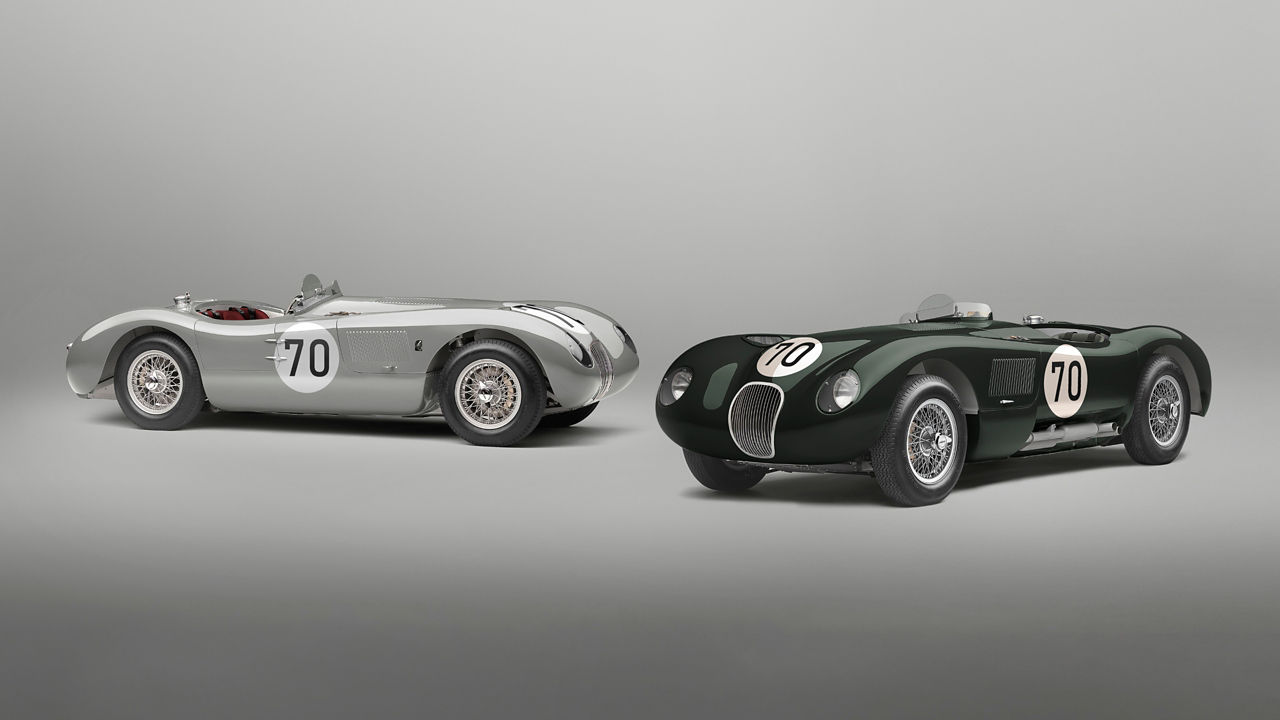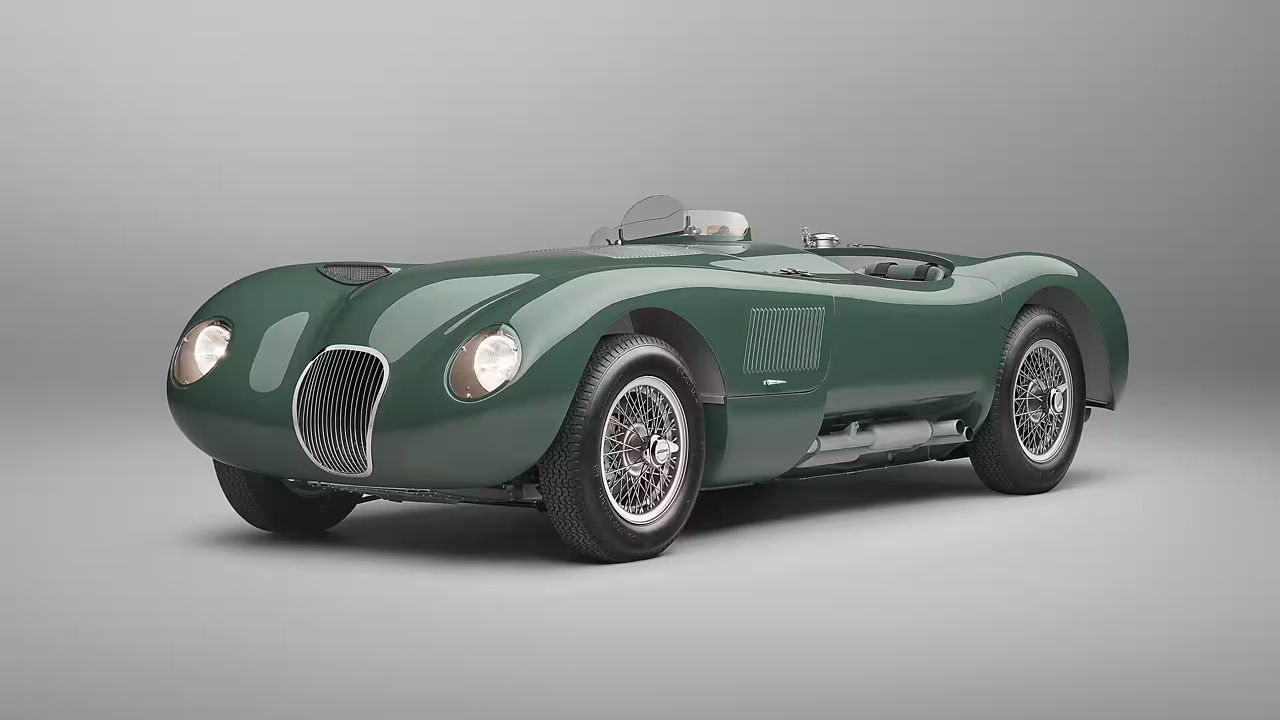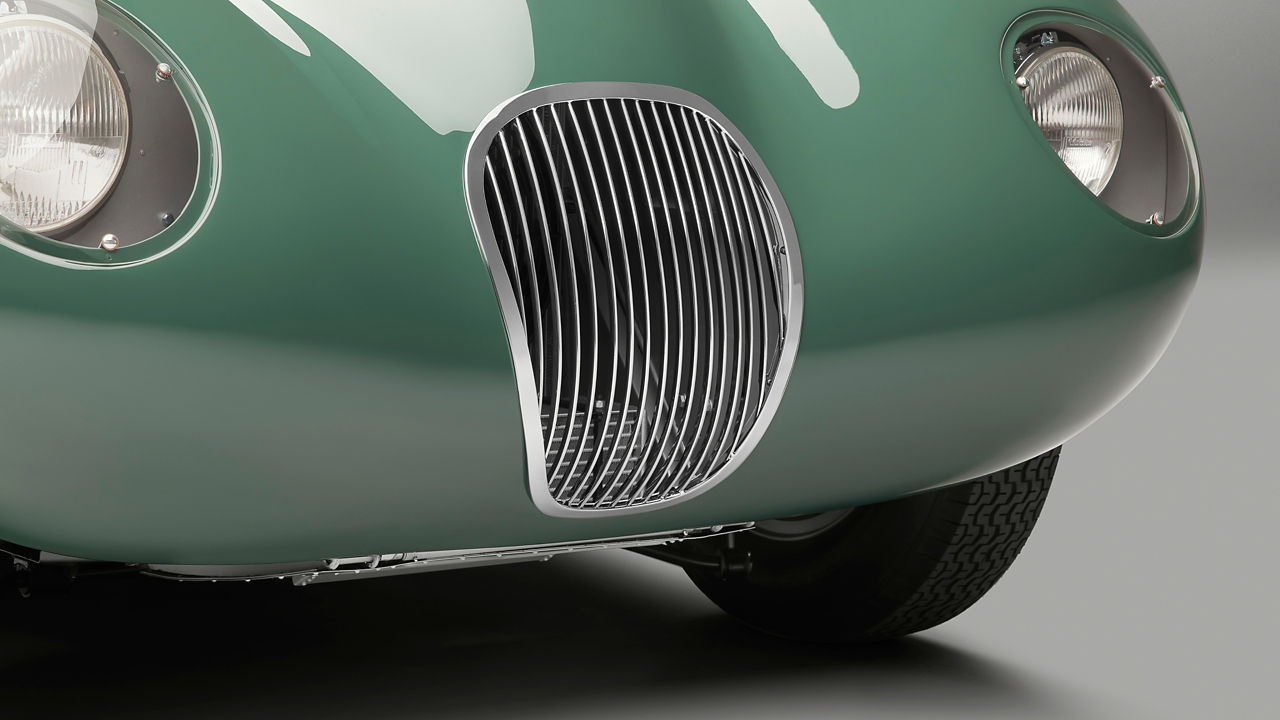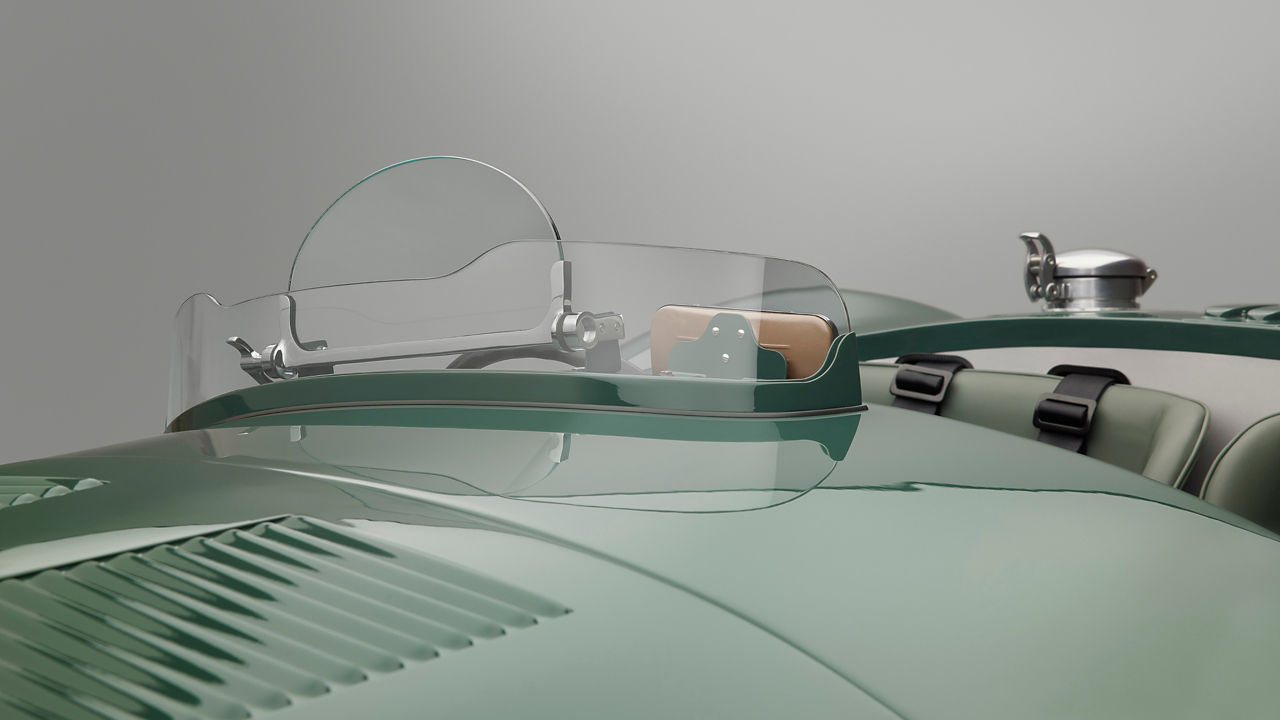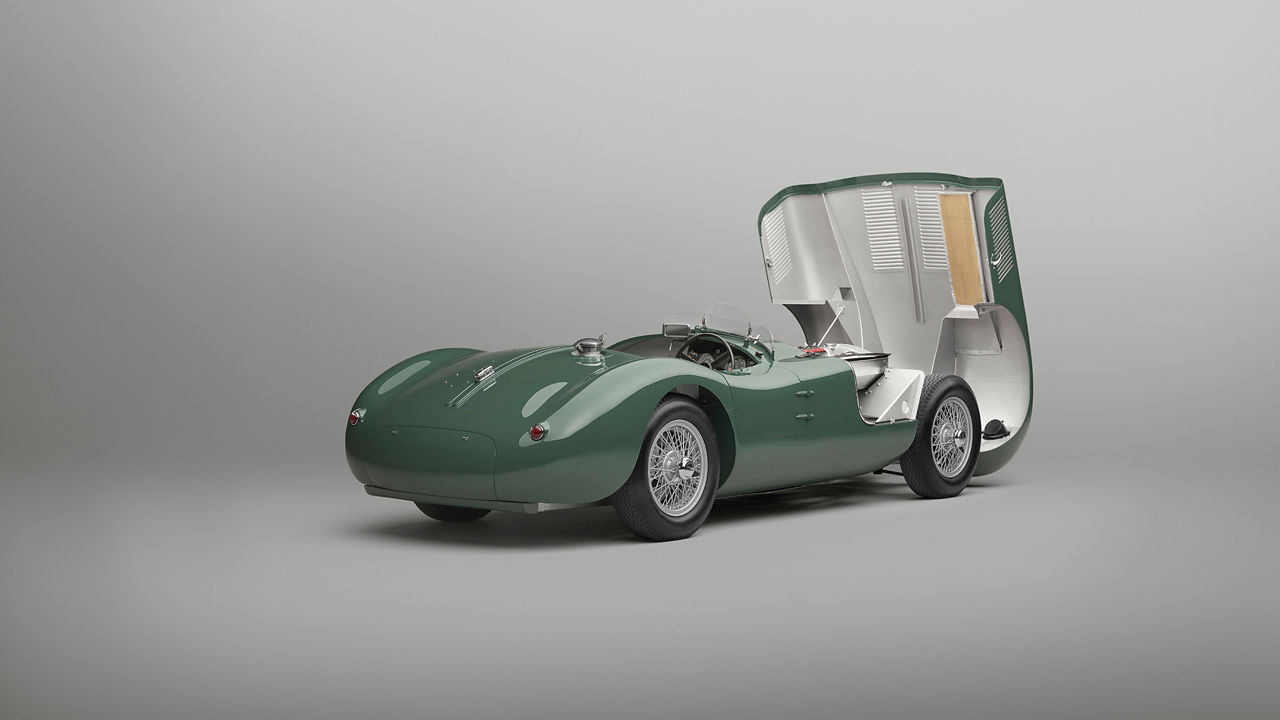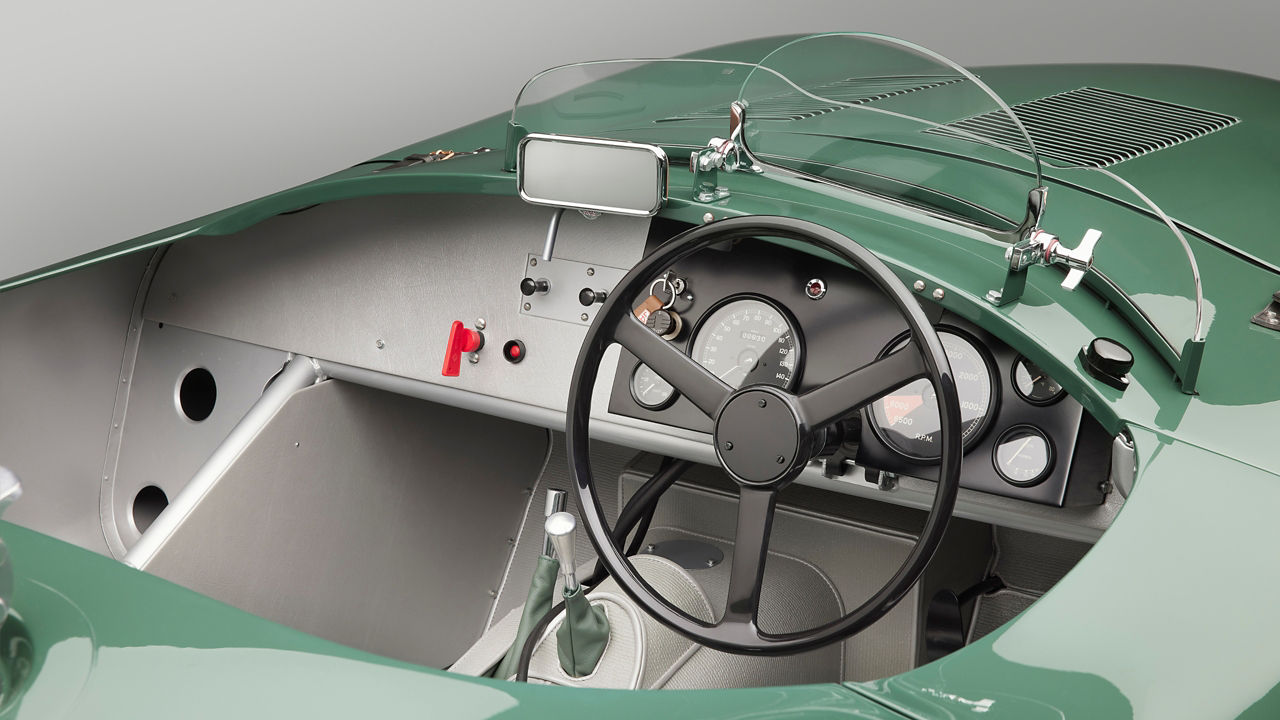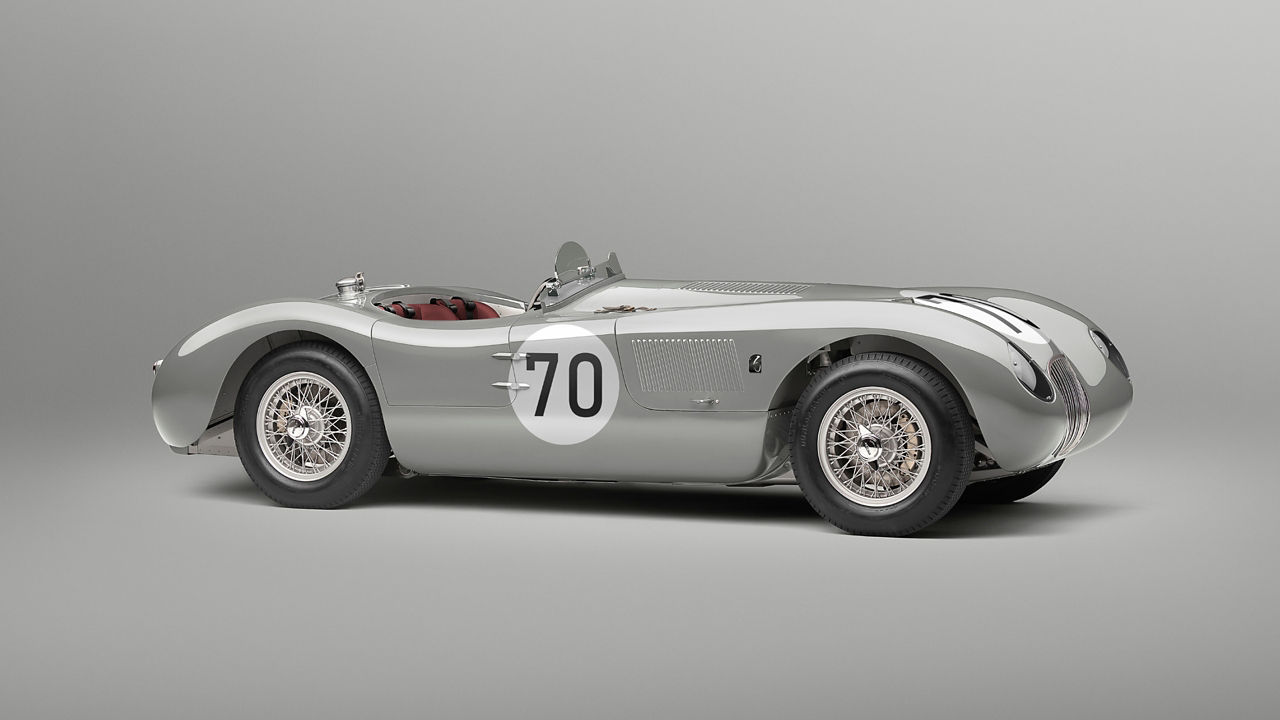THE ORIGINAL FORMULA FOR FAST IS BACK
In 2021, Jaguar Classic brought the C-type back to life, 70 years after it first raced to victory at Le Mans. Celebrating one of the most iconic cars in Jaguar’s illustrious racing history, the hand-built C-type Continuation unlocks a world of experiences for discerning owners, such as road trips and on-track events around the world.
MODELLED AFTER SUCCESS
The limited-run of Continuations has been painstakingly researched and developed. Each C-type Continuation reflects the 1953 Le Mans-winning specification, including its 3.4-litre straight-six engine with triple Weber carburettors and revolutionary disc brakes that contributed to its record-breaking triumph.
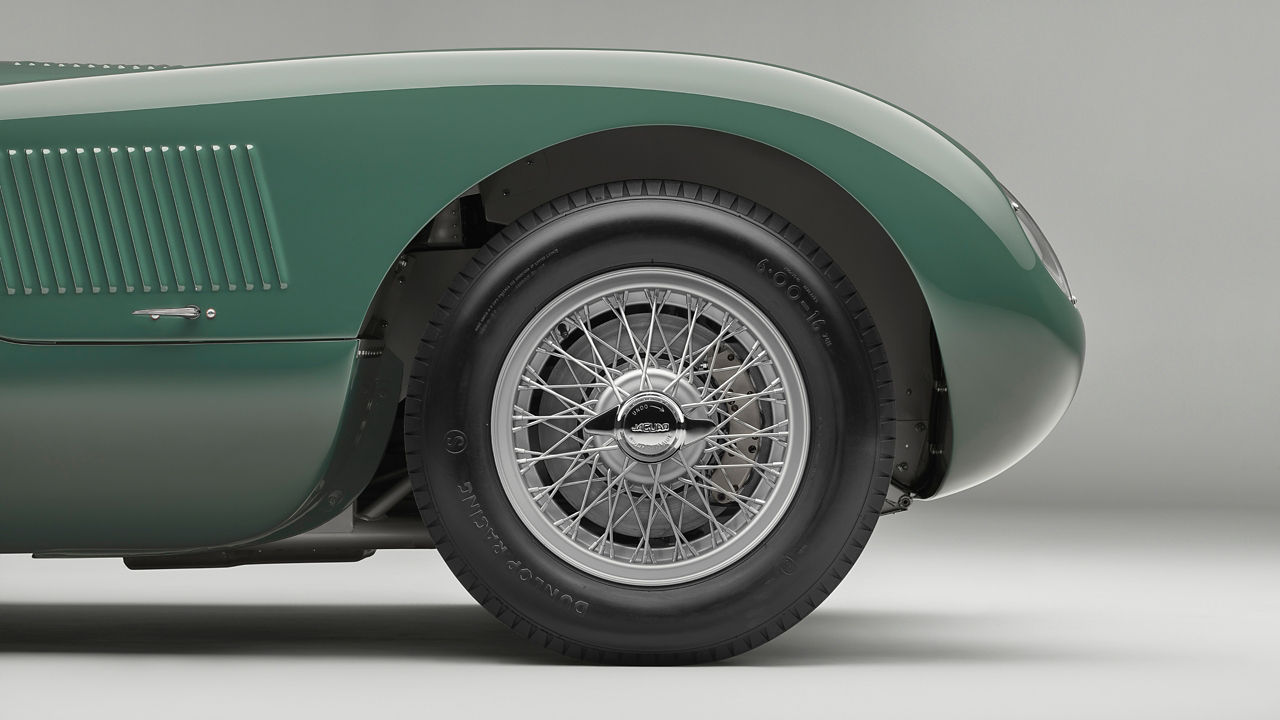
INSPIRED ORIGINS
Legendary designer and engineering prodigy, Malcolm Sayer, used his established background in the aerospace industry to maximum advantage when he designed the C-type. His mathematic formulae and advanced calculations shaped the aerodynamic design of the vehicle.
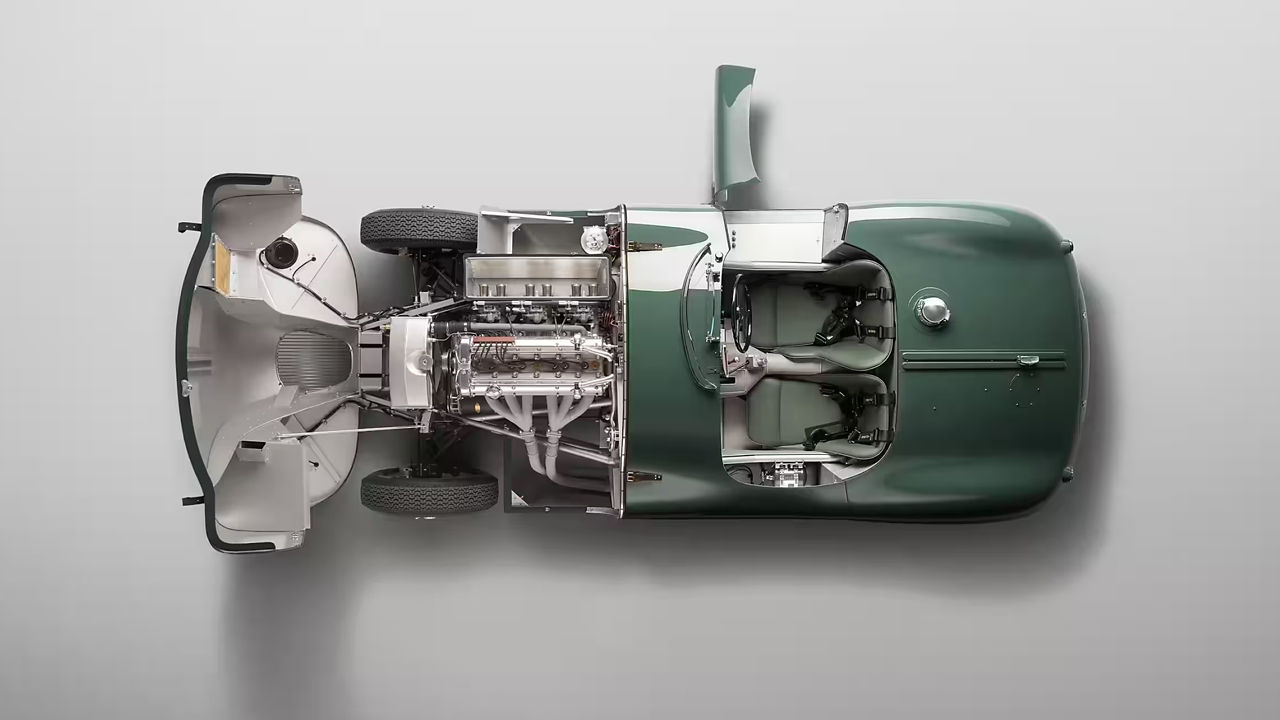
WRITTEN INTO HISTORY
Before physical development could begin, Jaguar Classic went on a deep dive into C-type’s history and heritage. It took almost two years to compile all the required data, through a treasure hunt into Jaguar’s archives, drawings, and documents, to piece together how to build this icon.
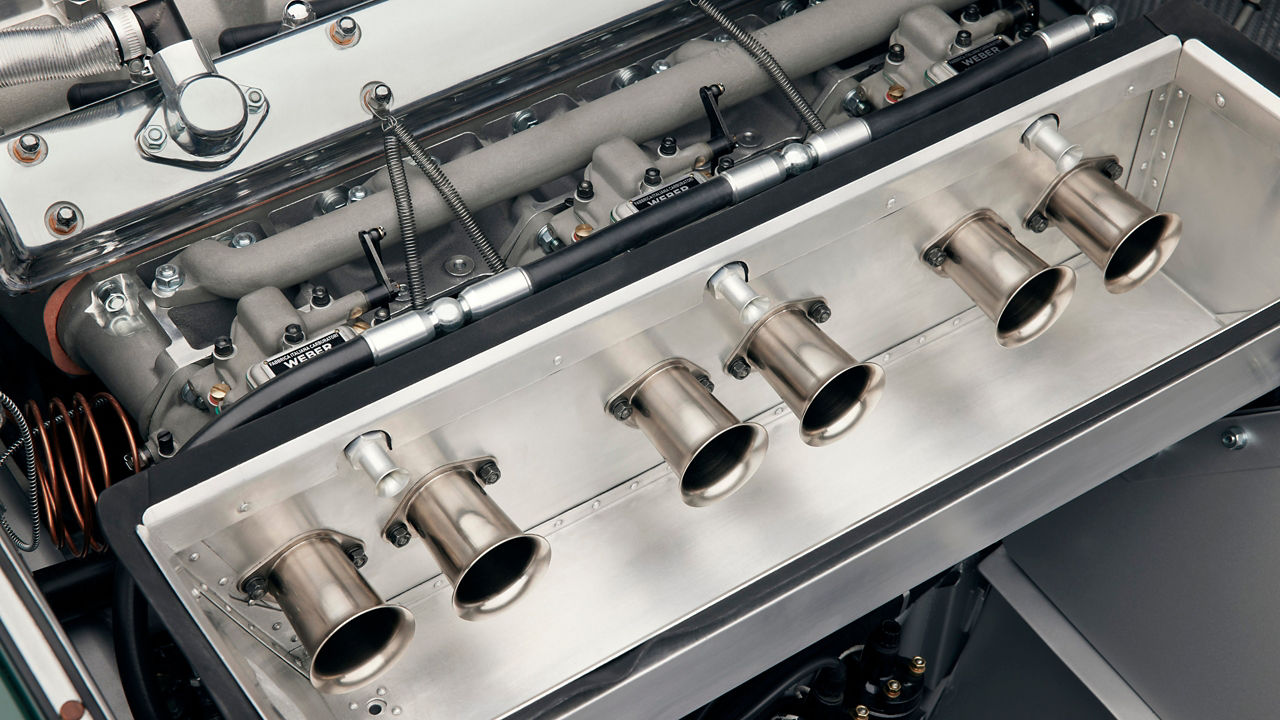
GROUNDBREAKING TECHNOLOGY
The C-type Continuation keeps Sayer’s innovative design alive. Using a combination of modern technology and archived Jaguar materials, this is the first Jaguar Classic car to be reproduced fully utilising 3D CAD (computer-aided design). This technology provided key visuals to the engineers to ensure everything matched up to the original designs.
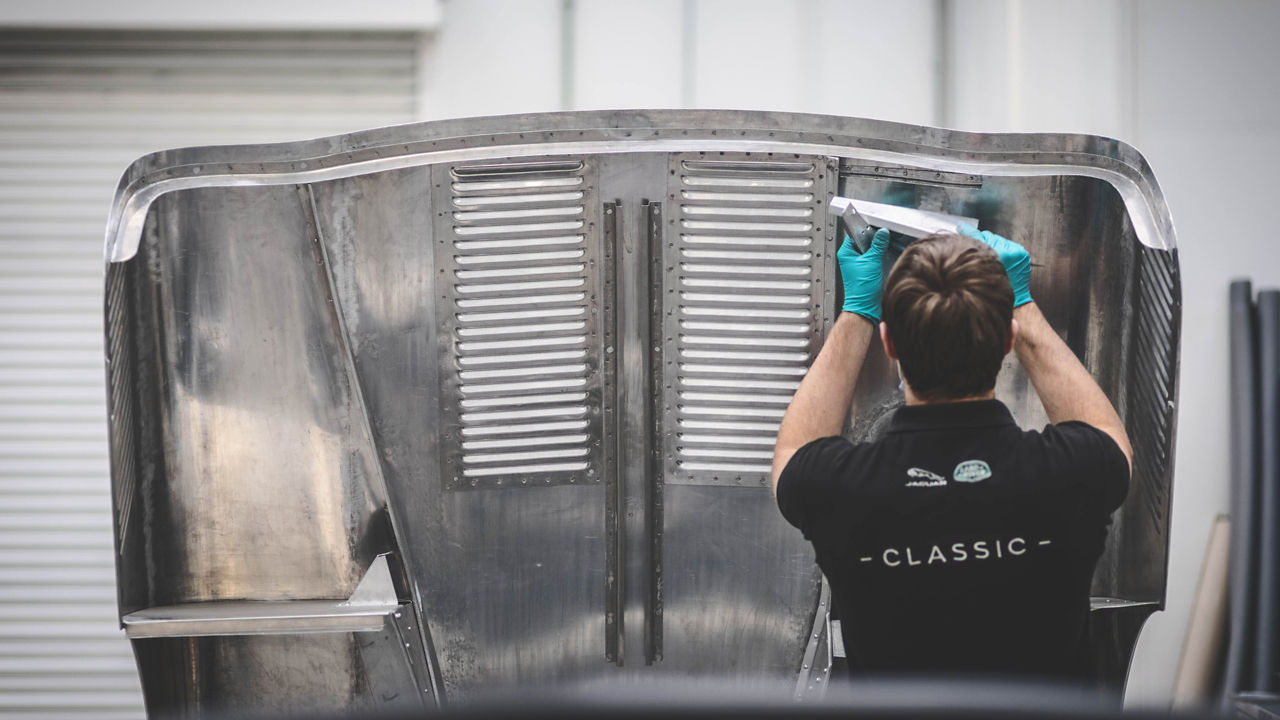
AUTHENTIC AND STATE OF THE ART
Crafted at Jaguar Classic Works in Coventry, the team brings heritage to life through modern technology and engineering expertise. This includes the use of authentic techniques and build methods. Durability testing and FIA-approved safety systems ensure each car is track-ready.
